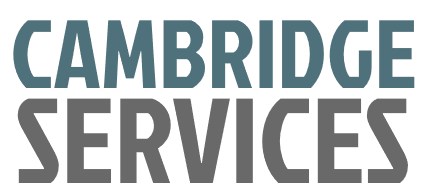Good-looking grass is very high-maintenance, and requires routine mowing, trimming, weed-extraction, and watering. Each one of these leave a harmful impact on your nearby natural environment- luckily, synthetic turf can provide an alternative. With very little routine maintenance recommended, there is no longer the need for nasty chemical sprays and fossil-fuel-dependent lawn mowers. Artificial turf continues to look high quality for approximately 20 years which means you can sit back and take it easy knowing that the garden that you trust young kids and/or pets to have fun in, will stay toxin-free.
Lessens Water Usage
For you to maintain regular grass frequent watering is essential, certainly throughout Summertime, and this intense water usage has damaging impacts on the earth. One benefit of synthetic grass is that little to no watering is necessary to keep it looking great. Artificial turf does not dry out or die-off with the high temperatures like standard grass, and thus with companies like¦, there is no need to waste valuable water resources on grass.
Saving resources such as water has become more vital and ought to contribute to your pick of grass. Artificial turf is only going to need hosing down if debris or dirt must be removed, and most likely a bit of rain will do this job on your behalf!
Lowers Carbon Foot Print
If cutting your carbon footprint is significant to you then synthetic turf would be the way to go. The lower upkeep that it requires will mean that minimal equipment is required- no lawnmowers, grass cutters, or scarifiers required, which all use fossil fuels. Synthetic turf is always clipped and weedless from the time it is installed, and this will mean you don’t need to rely upon any kind of damaging mowers or trimmers.
Not using any of these devices will cut your petrol and diesel fuel usage, and as a consequence lessen greenhouse gas pollution. artificialgrasscambridge.co.uk is a site that is loaded with lots of up to date information on does artificial grass need maintenance.
Toxicity
Grass demands the use of fertilisers, pesticides, and other harsh chemicals to kill weeds and to keep your grass looking fresh. In addition to being made from materials such as fossil fuels (further increasing greenhouse gas emissions), you can run the risk of your grass becoming toxic. This creates a dangerous environment, especially for pets and children.
No Poisonous Run-off
An additional adverse aftereffect of using harsh chemical contaminants on grass is unsafe toxic run-off that happens when it rains. The rain carries the chemicals that are upon the your lawn across surfaces and will often end up in local aquatic systems, including fish ponds and rivers, in some cases wiping out the aquatic life. Excessive levels of toxic chemical contaminants running into marine environments also can trigger algal blooms, which unfortunately significantly diminishes the o2 concentrations within the water. The marine life can then become ill and/or die-off, resulting in a population decrease, and reducing local biodiversity.
Occasionally these agal blooms also can become harmful to humans since they generate bacteria growth and increased contaminant concentrations in water. This could certainly cause people to become ill if they encounter the toxified water, through either having the polluted drinking water or ingesting tainted fish.
Synthetic grass does not have any demand for any harsh chemicals and offers an alternative to the damaging impacts of sustaining regular grass.

